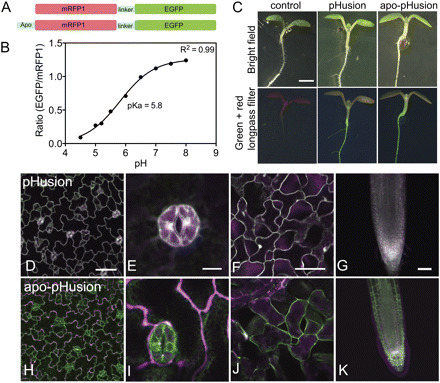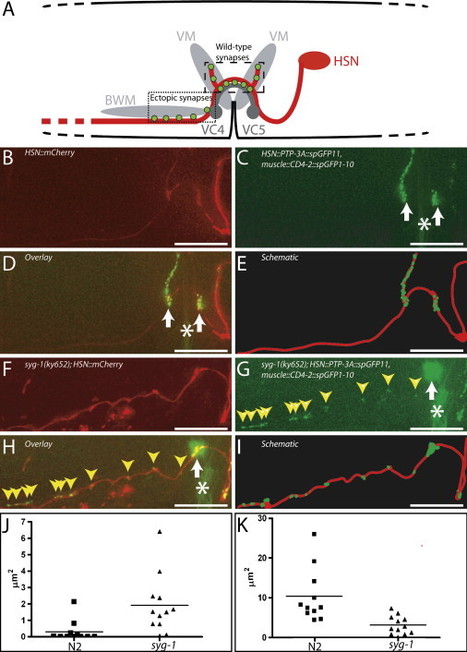Krag Gjetting et al, 2012
pHusion is especially designed for apoplastic pH measurements. It was constitutively expressed in Arabidopsis and targeted for expression in either the cytosol or the apoplast including intracellular compartments. pHusion consists of the tandem concatenation of enhanced green fluorescent protein (EGFP) and monomeric red fluorescent protein (mRFP1), and works as a ratiometric pH sensor.



 Your new post is loading...
Your new post is loading...












